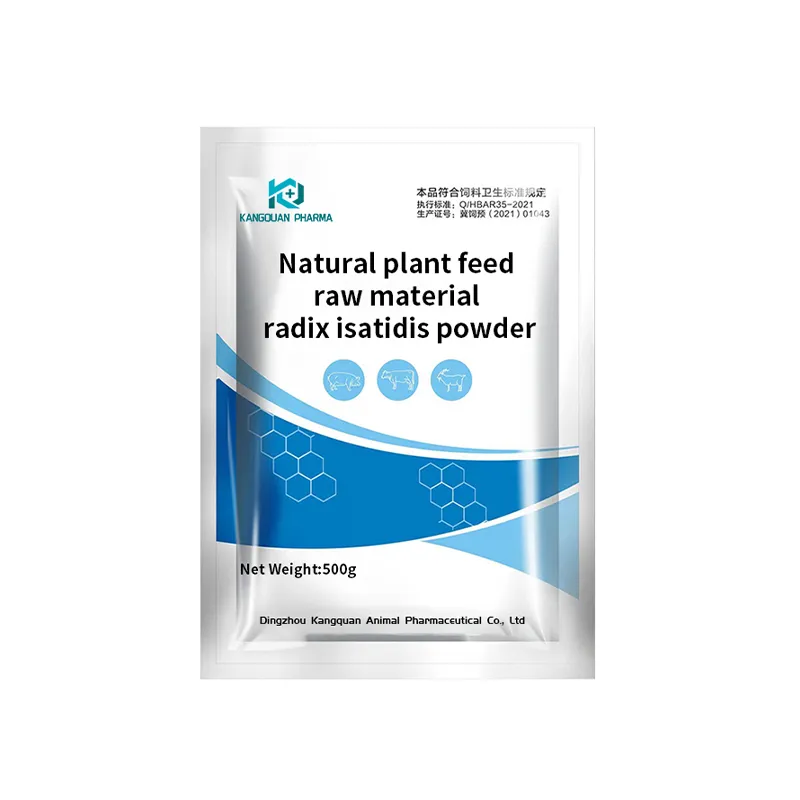- Afrikaans
- Albanian
- Amharic
- Arabic
- Armenian
- Azerbaijani
- Basque
- Belarusian
- Bengali
- Bosnian
- Bulgarian
- Catalan
- Cebuano
- Corsican
- Croatian
- Czech
- Danish
- Dutch
- English
- Esperanto
- Estonian
- Finnish
- French
- Frisian
- Galician
- Georgian
- German
- Greek
- Gujarati
- Haitian Creole
- hausa
- hawaiian
- Hebrew
- Hindi
- Miao
- Hungarian
- Icelandic
- igbo
- Indonesian
- irish
- Italian
- Japanese
- Javanese
- Kannada
- kazakh
- Khmer
- Rwandese
- Korean
- Kurdish
- Kyrgyz
- Lao
- Latin
- Latvian
- Lithuanian
- Luxembourgish
- Macedonian
- Malgashi
- Malay
- Malayalam
- Maltese
- Maori
- Marathi
- Mongolian
- Myanmar
- Nepali
- Norwegian
- Norwegian
- Occitan
- Pashto
- Persian
- Polish
- Portuguese
- Punjabi
- Romanian
- Russian
- Samoan
- Scottish Gaelic
- Serbian
- Sesotho
- Shona
- Sindhi
- Sinhala
- Slovak
- Slovenian
- Somali
- Spanish
- Sundanese
- Swahili
- Swedish
- Tagalog
- Tajik
- Tamil
- Tatar
- Telugu
- Thai
- Turkish
- Turkmen
- Ukrainian
- Urdu
- Uighur
- Uzbek
- Vietnamese
- Welsh
- Bantu
- Yiddish
- Yoruba
- Zulu
joulu . 05, 2024 10:46 Back to list
Veterinary Dosage Guidelines for Albendazole in Animal Health Management
Understanding Albendazole Veterinary Dosage A Comprehensive Guide
Albendazole is a widely used anthelmintic or anti-parasitic drug employed in veterinary medicine. It is particularly effective against a broad spectrum of internal parasites, including nematodes, cestodes, and certain protozoa. This article aims to provide a thorough understanding of albendazole veterinary dosage, ensuring appropriate and effective use in animals.
Mechanism of Action
Albendazole works by inhibiting the polymerization of tubulin into microtubules. This action disrupts critical cellular processes within the parasites, leading to their immobilization and eventual death. It is absorbed from the gastrointestinal tract and metabolized in the liver, with its efficacy being influenced by various factors, including the host species, the type of parasite being targeted, and the formulation of the drug.
Indications
Albendazole is commonly prescribed for the treatment of gastrointestinal nematodes, lungworms, and cestodes in various animal species such as cattle, sheep, goats, and even dogs. It is also effective against some protozoal infections, notably giardiasis in dogs. The variety of parasites it can target makes albendazole a valuable tool in veterinary medicine.
Dosage Guidelines
- Cattle For adult cattle, the recommended dosage of albendazole is typically around 5 to 10 mg/kg body weight, administered as a single oral dose. For young calves, a lower dose of 2.5 to 5 mg/kg may be sufficient.
- Sheep and Goats The dosage for sheep and goats is similar to that of cattle, generally falling within the range of 5 to 10 mg/kg body weight. Some formulations may recommend adjustments based on the specific species and weight of the animal.
- Dogs In canines, albendazole is generally given at a dose of 25 to 50 mg/kg body weight, administered once daily for 3 to 5 days, depending on the severity of the infection.
albendazole veterinary dosage

Administration
Albendazole is available in several formulations, including boluses, tablets, and suspensions, making it versatile for different administration methods. It can be administered orally, and it is important to ensure that the animal consumes the full dose. For species that may not easily receive oral treatments, some formulations allow for easier delivery. It’s vital to follow the instructions specific to the formulation used and to consult with a veterinarian for precise dosage tailored to the animal’s condition.
Safety and Contraindications
While albendazole is generally safe when used according to veterinary guidelines, it's important to be aware of certain contraindications and potential side effects. It should not be used in animals that are pregnant or lactating due to potential risks to the offspring or decreased milk production. Care must also be taken with animals that have pre-existing liver or kidney issues, as albendazole is metabolized in the liver and excreted by the kidneys.
Common side effects may include gastrointestinal disturbances such as vomiting or diarrhea, particularly if the drug is given inappropriately high doses. Monitoring the animal for unusual signs or reactions after administration is crucial.
Conclusion
Albendazole is a potent anthelmintic agent that offers effective solutions for a variety of parasitic infections in veterinary practice. Understanding the appropriate veterinary dosage and administration techniques is essential for effective treatment and ensuring animal health.
Before administering albendazole or any medication, consulting a qualified veterinarian is crucial. They can provide tailored recommendations based on the specific conditions of the animal, appropriate dosages, and consideration for any concurrent health issues. As with any medication, proper use, monitoring, and veterinary guidance play essential roles in the successful management of parasitic infections in animals.
By adhering to the recommended guidelines for albendazole veterinary dosage, livestock owners and pet guardians can help maintain the health and well-being of their animals while effectively combating parasitic threats.
-
Guide to Oxytetracycline Injection
NewsMar.27,2025
-
Guide to Colistin Sulphate
NewsMar.27,2025
-
Gentamicin Sulfate: Uses, Price, And Key Information
NewsMar.27,2025
-
Enrofloxacin Injection: Uses, Price, And Supplier Information
NewsMar.27,2025
-
Dexamethasone Sodium Phosphate Injection: Uses, Price, And Key Information
NewsMar.27,2025
-
Albendazole Tablet: Uses, Dosage, Cost, And Key Information
NewsMar.27,2025













